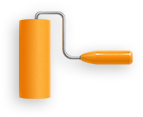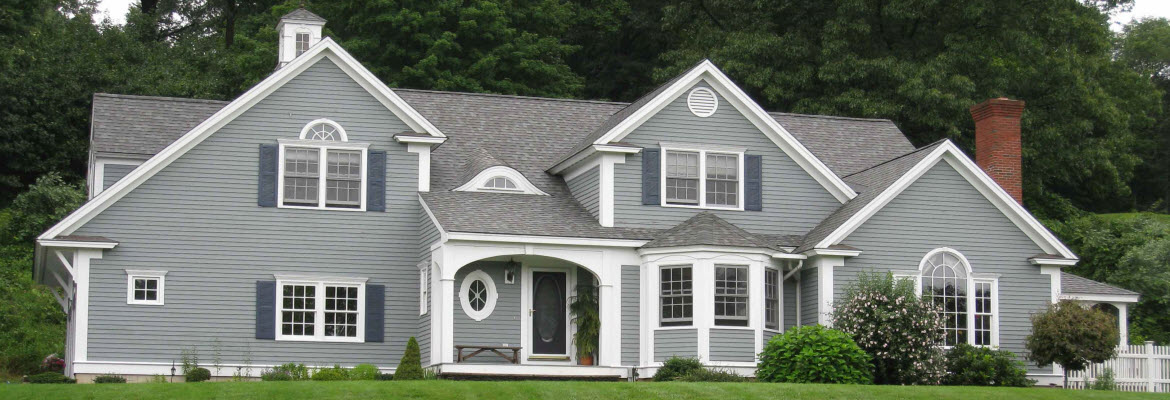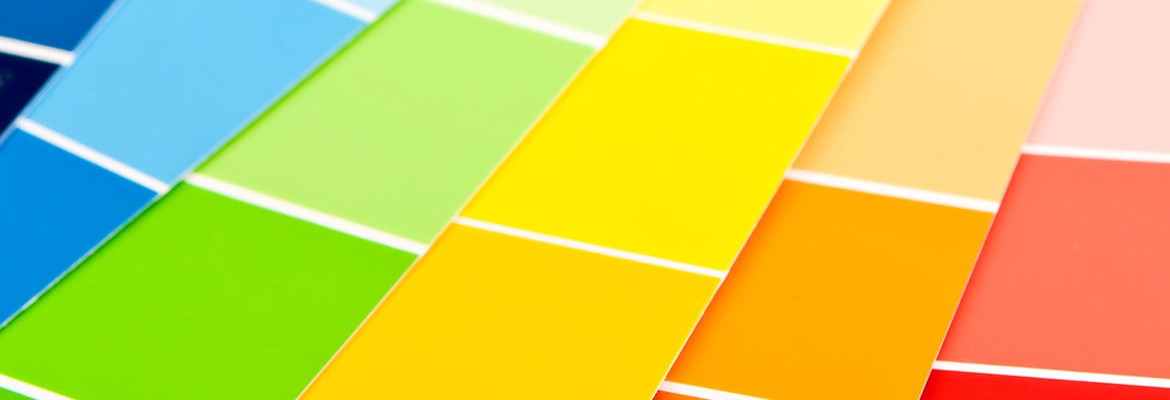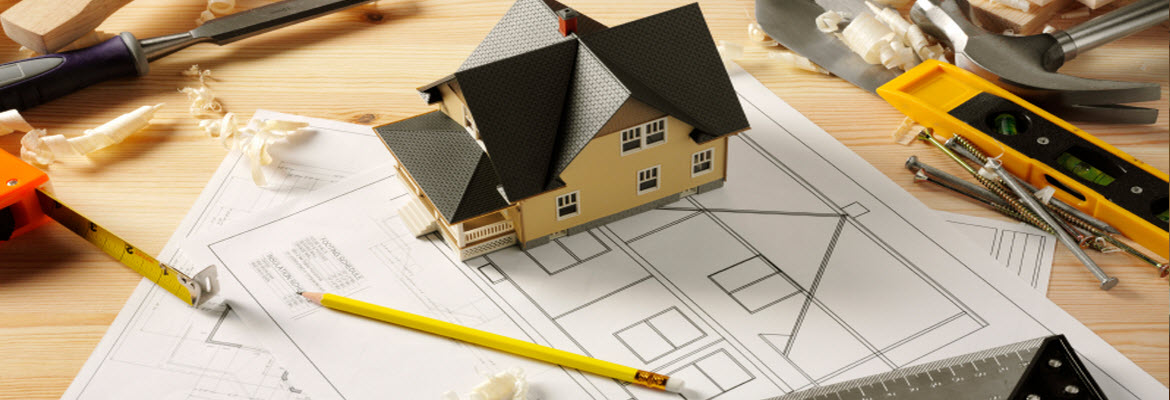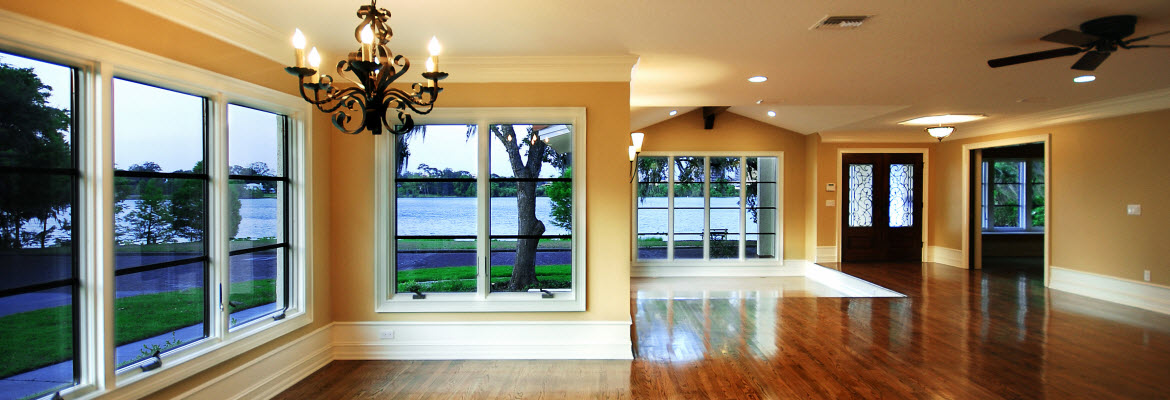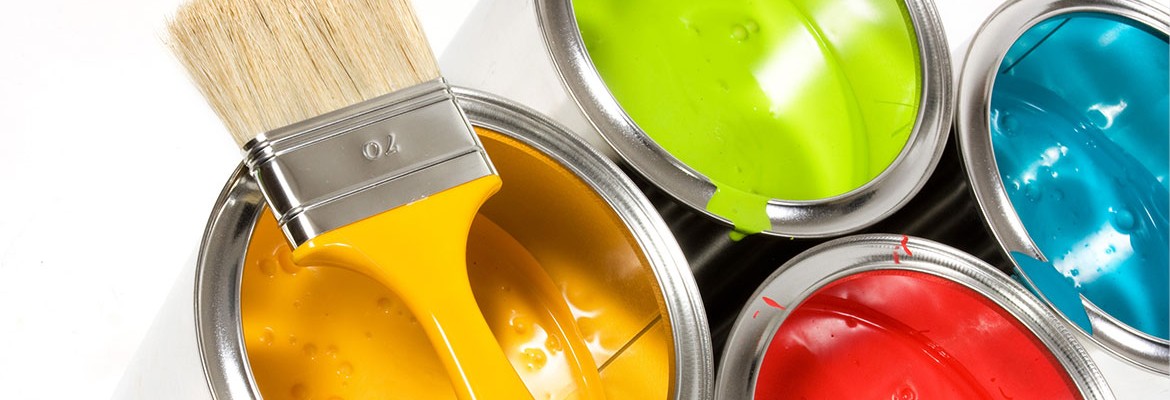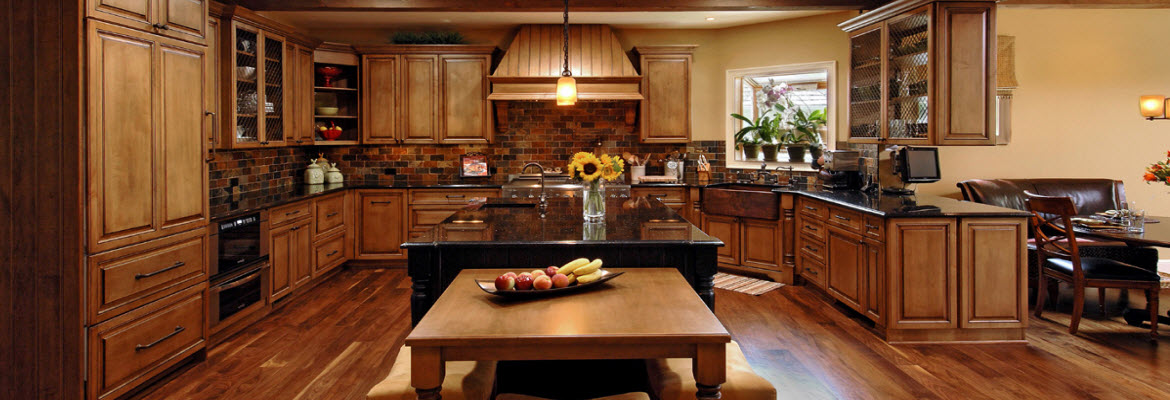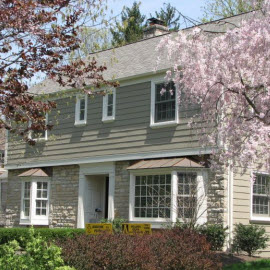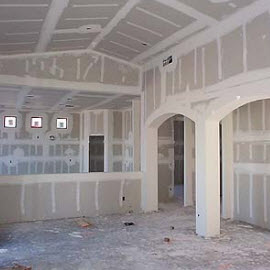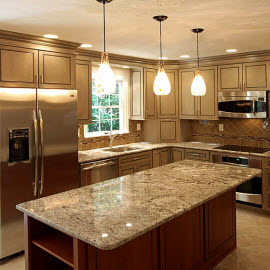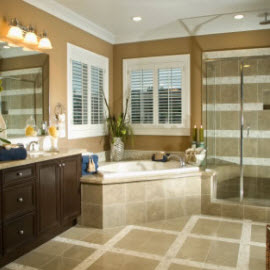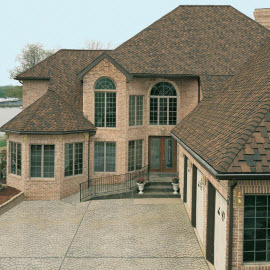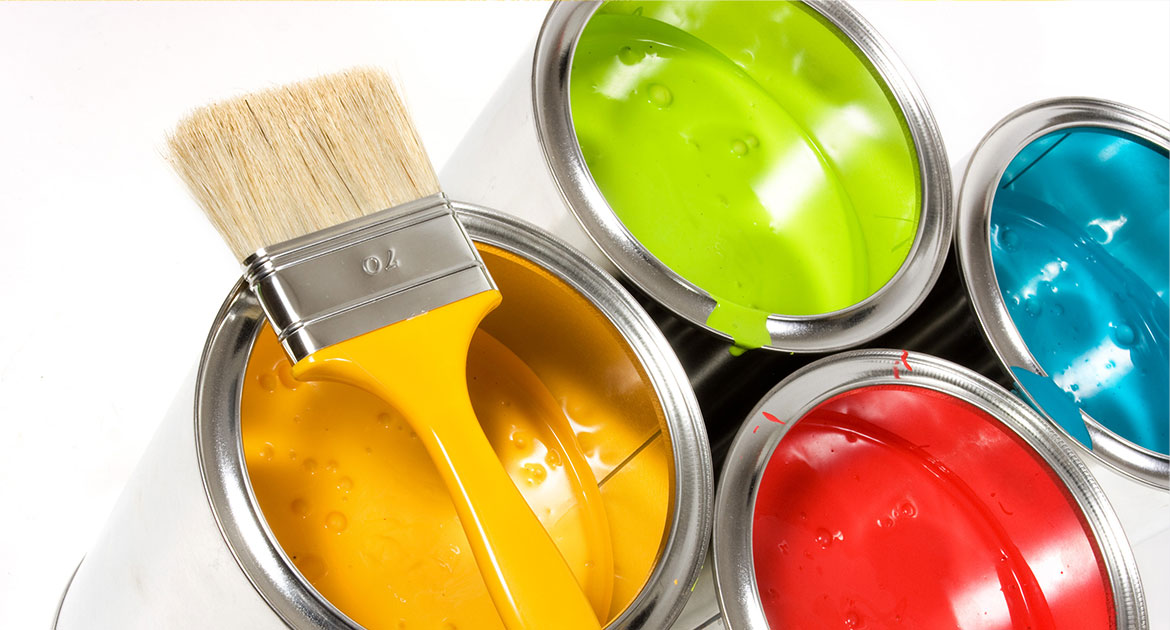Your home’s siding adds a degree of curb appeal to your home but more importantly, your home’s siding provides protection from the elements. The type of siding available for you to choose from has a great deal to do with the climate that you live in and your available budget. Siding certainly varies by the type of material you choose and the installation process as well as expense. Siding that is reasonably priced, will endure the elements and last for years, is something you will want to consider.
The skilled renovation experts at A&E Painting & Renovations believe that education is the key to choosing the best type of siding for your home. Some of the most common types of home siding and the climates they are best suited to include:
Vinyl Siding Installation & Maintenance
Vinyl siding is one of the least expensive home siding options. It is best suited for warm, humid climates and is not recommended for cold-winter climates since it does not stand up well to harsh winter elements. Vinyl siding is a popular option in the southern states because of its high resistance to humidity, easy installation and inexpensive pricing.
Some of the benefits of vinyl siding include:
– Will not flake or rot
– Stands up well to heat and wind
– Available in a range of colors and designs
– Can resemble wood grain or vintage styling in appearance
– Requires only occasional maintenance
Stucco Siding Pros & Cons
Stucco is one of the best options available for homeowners in dryer climates such as those living in the Southwest. Stucco is inexpensive but labor cost associated with installation can be high. Stucco can be painted to blend with your individual taste and style. Stucco does not perform well in humid climates or areas that experience frequent rainfall because the wood framing underneath is susceptible to moisture which causes mold and rot. In the right climate, stucco can last 50+ years and is low maintenance requiring only occasional sandblasting and a new coat of paint to keep it fresh and looking great.
Masonry Siding Advantages & Disadvantages
Masonry consists of stone and brick siding and is one of the most expensive siding options available. Look-alike versions are a popular choice for homeowners due to the much lower price points. Stone veneer is one such popular option that is strong and performs especially well in hot climates but the down side of stone veneer is it can chip and wear down in the elements. Stone, brick and veneer can develop mold and will require maintenance but with the right care, masonry can last for 100+ years
Cost of Wood Siding
Wood siding is another expensive option and will last for many years when given care and regular maintenance. Some things to consider before installing wood siding are:
– Known to crack, split and mildew in humidity
– Available in pine, spruce, fir, cedar and redwood
– Available in pre-primed planks, shakes and shingles
– Comes in pre-primed planks, shakes and shingles
Wood siding is not recommended for humid climates because it is susceptible to moisture which can result in mold and mildew. When used in cooler climates, wood siding requires very little maintenance other than power washing, staining and a quality sealant
Engineered Wood Siding Reviews
Engineered wood is a great choice for hot, humid climates and is designed to withstand the elements. Some additional benefits include:
– Easy installation
– Pre-treated with anti-fungal repellents and insecticides
– Handles moisture, mildew and termites
– Repels the sun, storms and other chemicals
Engineered wood siding also performs well against splitting, cracking and storm damage
Metal Siding Details
Metal siding is most often used in ranch homes and second-story additions and is a particularly popular choice in southern tropical climates because of its ability to handle extreme elements.
Metal siding is:
– Available in a wide variety of colors and different textures
– Closely resembling wood in some designs
– Reasonably priced
– Easy to install when compared to other types of available siding
– Available in either steel or aluminum
– Wind resistant and maintenance free
– Perfect choice for climates that experience hurricanes and stormy weather conditions

